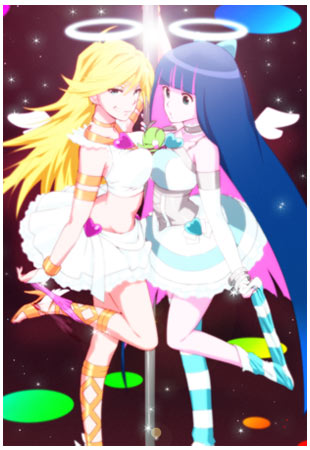One reason I believe anime became so popular around the world is that it's a medium that's free to tell dramatic stories involving violence, death, love and even sex, which was a big change over the days when American cartoons were overseen by parental watchdog groups to ensure they contained only "wholesome values." While anime has always been well stocked with stories about giant robots, transforming magical girls and sports heroes, there's always been a dark sub-genre hiding in the shadows which most fans eventually encounter in one form or another. This is the genre of overtly sexual animation known as hentai in the West, though this word just means "perverted" or "abnormal" in Japanese, without any reference to animation or otaku culture. (In case you were wondering, Japanese would just use the term juu-hachi kin anime or "anime that anyone under the age of 18 is forbidden from watching," which is a bit of a pun since it also sounds like the word for "18 carat gold.")
The idea of ero-themed art is nothing new, of course: Japan's 300+ year tradition of 春画 shunga ("spring pictures"), based on earlier influences from China, could probably make Hugh Hefner blush. The modern "hentai" genre began taking shape in the mid 80s with the classic Cream Lemon, a series of loosely related stories created by the top creative talent of the day, directors and animators and character designers who also worked on Mobile Suit Gundam, Macross, and other mainstream shows. While Akira, Sailor Moon and Gundam Wing were bringing mainstream anime to fans around the world, ecchi titles like Urotsukidoji/Legend of the Overfiend, La Blue Girl and Bible Black were introducing the steamy side of animation. While Japanese know their popular culture is somewhat unique in the world, they're generally unaware that many associate their country with, say, "naughty tentacles," or that comedians like Jon Stewart make jokes about them.

Some thoughts on the history of hentai.
No comments:
Post a Comment